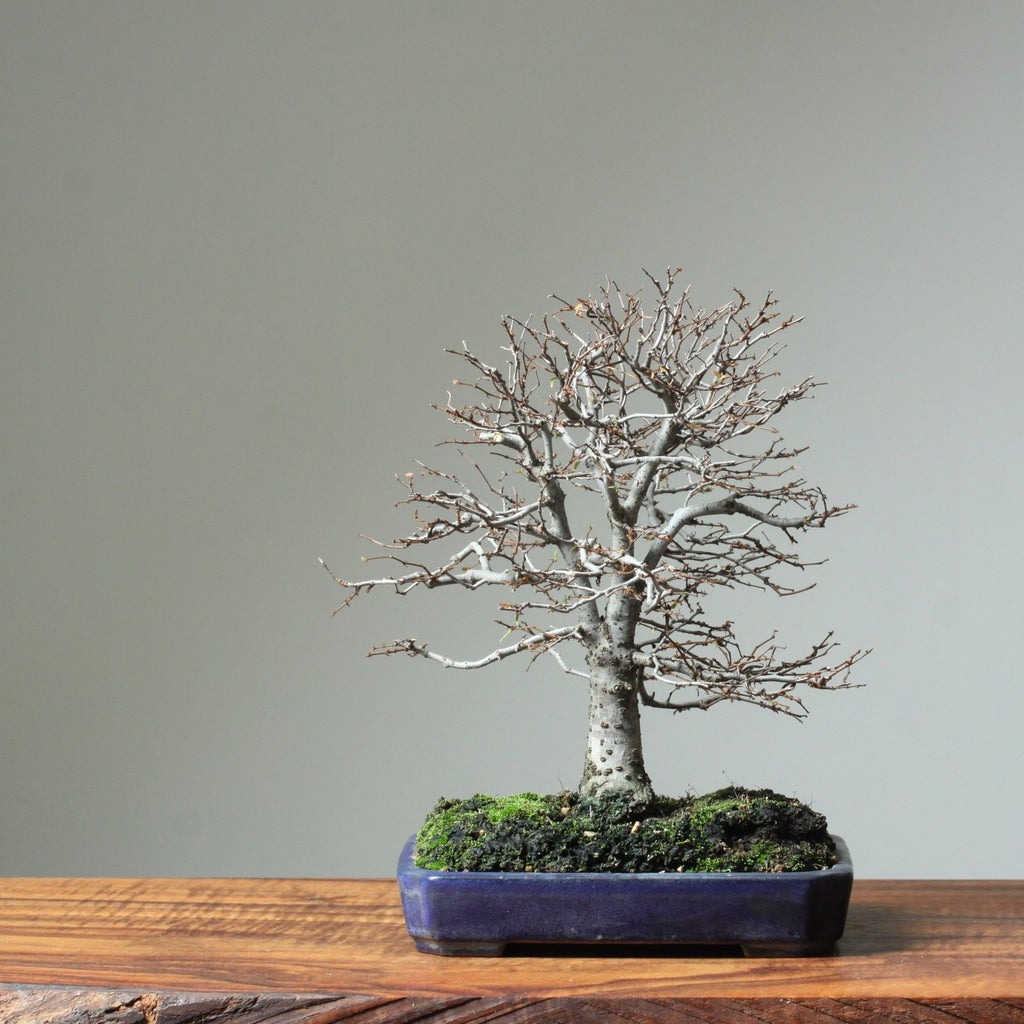The Zelkova bonsai is a beloved species among bonsai enthusiasts. Known for its graceful appearance and strong, upright growth, this tree is often chosen for its ability to mimic the grandeur of larger trees on a miniature scale. Whether you’re a beginner or an experienced grower, the Zelkova bonsai offers a rewarding experience.
Ideal Growing Conditions
To ensure your Zelkova bonsai flourishes, it is essential to provide it with specific growing conditions. The Zelkova tree thrives in full sunlight, benefiting from several hours of direct sun exposure each day. This abundant light is crucial for the development of strong branches and a dense, lush canopy. While the tree can tolerate partial shade, it is important to note that excessive shading can result in weaker growth and a less vigorous tree. To maintain optimal health, place your bonsai in a location with excellent air circulation. Good airflow around the tree helps to minimize the risk of fungal diseases and promotes overall plant vitality.

Watering and Soil Requirements
Maintaining proper moisture levels is critical for the well-being of your Zelkova bonsai. The soil should be kept consistently moist, but it’s important to avoid waterlogging, which can lead to root rot—a common problem with bonsai care. Conversely, allowing the soil to dry out too much can cause the leaves to wilt and stress the plant. Use a well-draining soil mix specifically formulated for bonsai trees to strike the right balance between moisture retention and drainage. This type of soil typically includes components like akadama, pumice, and lava rock, which together provide the ideal conditions for root health and overall plant growth.
Pruning and Wiring Techniques
Pruning is a vital practice for shaping and maintaining the health of your Zelkova bonsai. Regular trimming of new shoots is necessary to keep the tree compact and promote the development of a well-structured canopy. This encourages branching and helps maintain the desired shape of the bonsai. Additionally, wiring is a technique used to shape the branches and refine the tree’s form. When wiring, exercise caution and avoid leaving the wires on for extended periods, as they can indent and damage the bark. Regular monitoring and adjustment of the wires will ensure that the tree develops a beautiful and healthy structure without causing harm.
Fertilization and Pest Control
Proper fertilization is crucial for the robust growth of your Zelkova bonsai. During the growing season—typically from early spring to late summer—feed your tree with a balanced, slow-release fertilizer. This type of fertilizer provides a steady, gradual supply of essential nutrients such as nitrogen, phosphorus, and potassium, which supports healthy leaf development, strong root growth, and overall vitality. It is advisable to apply fertilizer every 4-6 weeks during the active growth period.
In addition to proper feeding, vigilant pest control is important to maintain the health of your Zelkova bonsai. Common pests that may affect your bonsai include aphids, which can cause distorted growth and leaf drop, and spider mites, which can lead to webbing and speckled leaves. Regularly inspect your bonsai for signs of these and other pests. If you notice an infestation, take immediate action to address it. Treatment options include using insecticidal soap or neem oil, both of which can be effective against aphids and spider mites. For severe infestations, consult with a bonsai specialist for more targeted treatments.
Seasonal Care and Dormancy
Zelkova bonsai trees are deciduous, shedding their leaves in the fall as part of their natural seasonal cycle. As the tree enters its dormancy period during winter, it’s important to adjust your care routine accordingly. Reduce watering to prevent waterlogging, as the tree’s water needs decrease during this time. Additionally, cease fertilization during the winter months, as the tree’s metabolic processes slow down and it does not require additional nutrients.
Protecting your Zelkova bonsai from harsh winter conditions is vital for its health. To shield the tree from frost and extreme cold, place it in a sheltered location that offers some protection from freezing temperatures. This could be a cold frame, a greenhouse, or a covered porch. Alternatively, use a frost cloth or burlap to insulate the bonsai if outdoor protection is necessary. Ensuring the tree remains safe from the elements will help it emerge healthy and strong in the spring.
Caring for a Zelkova bonsai can be a fulfilling endeavor. With the right attention to watering, pruning, and seasonal care, your bonsai will thrive and bring beauty to your space for years to come. Remember, patience and consistency are key to bonsai success. Start your Zelkova bonsai journey today and enjoy the art of miniature tree cultivation.
